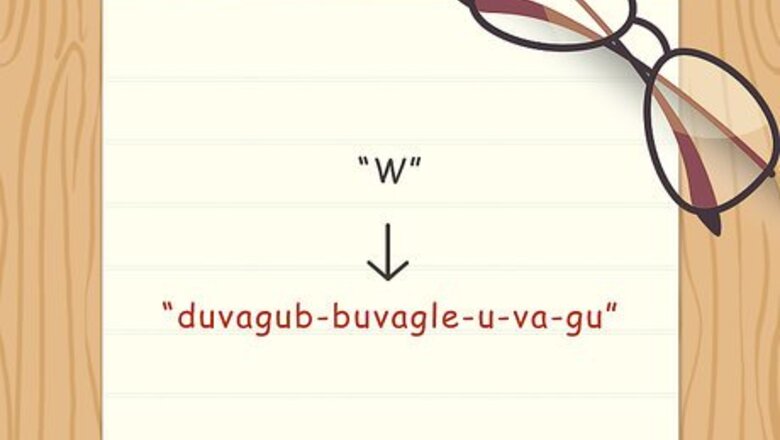
views
X
Research source
With enough practice and patience, you can learn to speak Double Dutch and use it as your next party trick or as a way to communicate with other speakers of this fictional language.
Forming Words and Phrases in Double Dutch
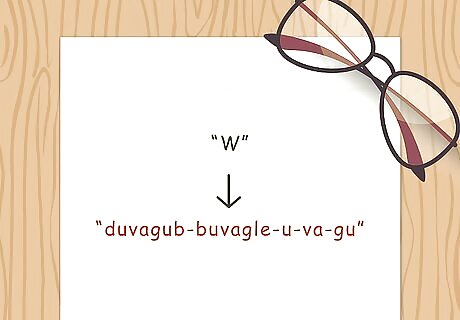
Get familiar with the Double Dutch alphabet. The Double Dutch alphabet uses the same alphabet order as English, from A-Z. However, in Double Dutch, each letter is given several extra letters to create words and sounds that appear like a nonsensical version of the English alphabet. The Double Dutch alphabet is: A - “a-va-gaa” B - “b-bee” C - “c-va-gee” D - “d-va-gee” E - “e-va-gee” F - “ev-a-gef” G - “g-va-gee” H - “h-va-gach” I - “i-va-gi” J - “j-va-gay” K - “k-va-gay” L - “ev-a-gel” M - “ev-a-gem” N - “ev-a-gen” O - “o-va-go” P - “p-va-ee” Q - “q-va-gu” R - “r-va-ga” S - “ev-a-gess” T - “t-iv-a-gee” U - “u-va-gu” V - “viv-a-gee” W - “duvagub-buvagle-u-va-gu” X - “ev-a-gex” Y - “y-va-guy” Z - “ziv-a-gee” You may notice that almost every letter of the Double Dutch alphabet begins with the applicable English letter, i.e. “v” in Double Dutch is “viv-a-gee”. Several letters also end with the English letter they represent, i.e. “s” in Double Dutch is “ev-a-gess” and “n” in Double Dutch is “ev-a-gen”. The English letters are used as a jumping off point for the Double Dutch letters, where the English letters are obscured just enough to sound like gibberish. The more you practice speaking the Double Dutch alphabet, the less like gibberish it will sound to you. Keep in mind you can always use English as a reference point for Double Dutch.
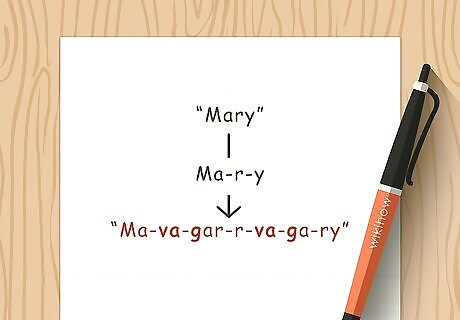
Form simple words in Double Dutch. Forming words and phrases in Double Dutch does not require an extensive knowledge of the Double Dutch alphabet, as words are formed in Double Dutch based on syllable breaks. The English word is broken into syllables and then each syllable is broken into two. The word “vag” is them placed between them. The letter before “vag” is repeated after the “vag” and the letter after “vag” is also repeated. For example, if you translate a name like “Mary” into Double Dutch, you will need to separate the word into its syllables: “Mar-y”. Then, you will break up the syllables into two: “Ma-r-y”. You will then place “vag” between each separate syllable and repeat the letter before the “vag” and the letter after the “vag”. So “Ma-r-y” becomes “Ma-va-gar-r-va-ga-ry” in Double Dutch. It may take practice and patience to remember to split the syllables and place “vag” in the correct places. It may help to write down the words in Double Dutch first and then practice pronouncing them out loud.
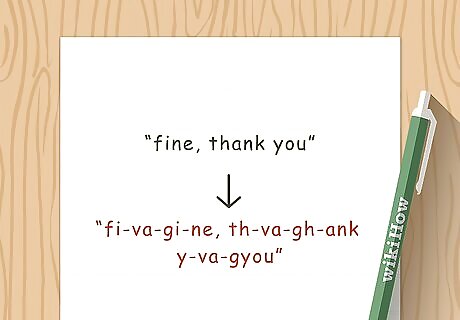
Create simple phrases in Double Dutch. Once you start to get more familiar with translating words into Double Dutch, you can string these words together to create simple and complete phrases in Double Dutch. Again, you may want to write down these phrases to ensure you translate each word properly and then practice reciting them out loud. For example, if you are translating the familiar English phrase, “Mary had a little lamb”, you will need to translate “Mary” (Ma-va-gar-r-va-ga-ry), “had” (ha-va-gad), “a” (a-va-ga), “little” (li-va-g-t-va-gle), “lamb” (la-va-game). The complete phrase in Double Dutch would be: “Ma-va-gar-r-va-ga-ry ha-va-gad a-va-ga li-va-gi-t-va-gle la-va-gamb”. You can also practice translating other conversational phrases like “hello, how are you?” In Double Dutch, this would be: “he-va-gel-llo-vago, h-va-ghow a-va-gare y-va-gyou?” A response like “fine, thank you” would be “fi-va-gi-ne, th-va-gh-ank y-va-gyou” in Double Dutch.
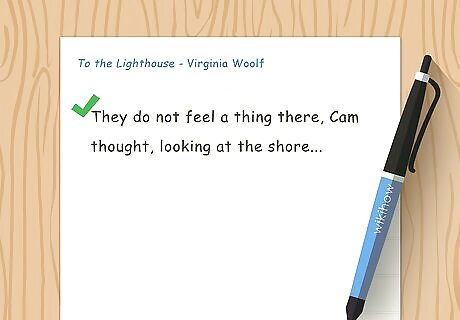
Choose an existing text to translate into Double Dutch. Practice more complex words and phrases by choosing a favorite passage from a book or information from a document or article and translating it into Double Dutch. Try to use a passage that is in modern English as texts that are in Old English or Middle English may be more difficult to translate. You may use a passage from Virginia Woolf’s novel To the Lighthouse as an example: “They do not feel a thing there, Cam thought, looking at the shore, which, rising and falling, became steadily more distant and more peaceful. Her hand cut a trail in the sea, as her mind made the green swirls and streaks into patterns and, numbed and shrouded, wandered in imagination...”
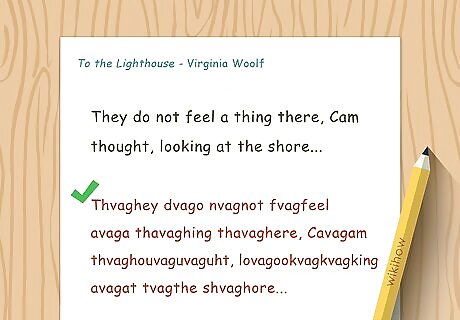
Translate the passage into Double Dutch. Take your time as you do this, as it can be a useful exercise for getting used to applying Double Dutch to English quickly and efficiently. This can bring you one step closer to being a fluent Double Dutch speaker. Translated into Double Dutch, the passage from Woolf’s To the Lighthouse would be: “Thvaghey dvago nvagnot fvagfeel avaga thavaghing thavaghere, Cavagam thvaghouvaguvaguht, lovagookvagkvagking avagat tvagthe shvaghore, whvaghich, rivagisvagsing avagand favagallvagling, bevagecame stvagteavagavagadivagily mvagore divagisvagstant avagnd movagre peavagavagcevageful. Hvagher hvaghand cvagcut avaga trvagril ivagn tvagthe sevagea, avagas hvagher mvagmind mvagmade tvagthe grvagreen swvagwvagwrivagils avagand strvagrevageaks invagnto pavagattvagterns avagand, nuvagumvagmbed avagand shvaghrouvaguded, wavaganvagndervagred ivagin ivagimavagagvagainvagnatvagtion.”
Practicing Conversational Double Dutch
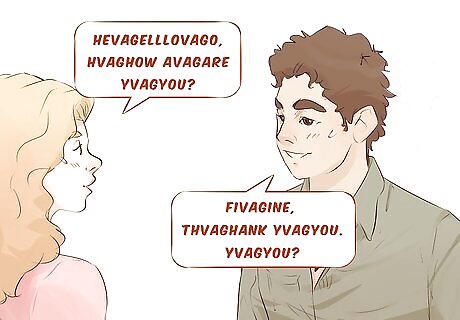
Have a conversation with a friend or partner who speaks Double Dutch. The best way to practice conversational Double Dutch is to talk to someone who also speaks or is learning to speak Double Dutch. This will allow you both to have fun speaking Double Dutch and teach each other new words or add to your growing Double Dutch vocabulary. This could a simple back and forth conversation like: “Hevagelllovago, hvaghow avagare yvagyou?” “Fivagine, thvaghank yvagyou. Hvaghow avagare yvagyou?” “Ivagi gvagood, thvaghanks.” “Sevagee yvagyou lavagater.” “Bvagbye!”
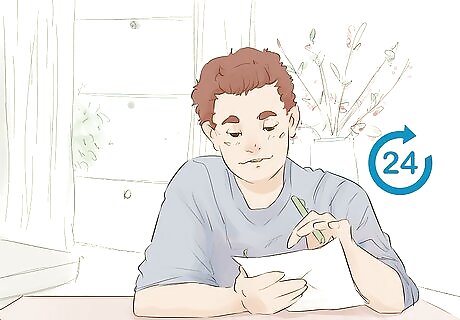
Speak Double Dutch at least once a day. To get in the habit of speaking Double Dutch with others, you should commit to speaking Double Dutch at least once a day for the same amount of time every day. You could read books out loud in Double Dutch, write in your journal in Double Dutch and read it out loud, or have a set Double Dutch practice time with a friend who also speaks Double Dutch. The more you use this fictional language, the better you will get at speaking it fluently.
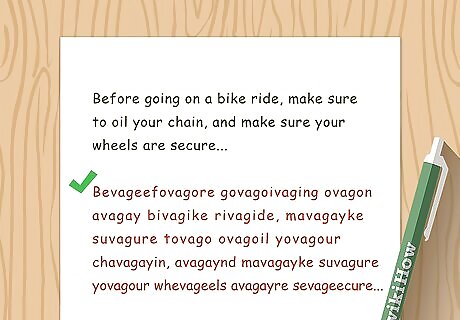
Translate television shows and movies into Double Dutch. Watch your favorite television show and repeat back the dialogue in Double Dutch or write down the character’s dialogue and translate it into Double Dutch. Do the same thing with movies you enjoy. This will help you get better at conversational Double Dutch, especially if you are translating character dialogue and character interactions.




















Comments
0 comment